Wallbox Power Meter Review
The Wallbox Power Meter is a smart energy management solution for Wallbox EV chargers, supporting 2-phase systems up to 250A. UL Certified and RoHS compliant, it enables solar EV charging, dynamic load balancing, and seamless home energy optimization. When paired with Quasar 2, it unlocks bidirectional charging for advanced energy management
The Wallbox Power Meter is an advanced energy management solution that optimizes home electrical loads for EV charging, seamless solar integration, and bidirectional energy management.
- When paired with a home EV charger (Level 1 or Level 2 EV Charger), it ensures efficient power distribution and prevents overloads by intelligently managing energy from both grid and solar sources.
- When paired with a bidirectional EV charger such as the Quasar 2, it enables bidirectional EV charging, unlocking advanced features like Vehicle-to-Home (V2H) and Vehicle-to-Grid (V2G) for greater energy independence and grid efficiency.
Dynamic Load Management
Adding the Wallbox Power Meter to your home electrical circuit optimizes EV charging based on your household energy demands by:
- Maximizing charging speed while staying within your home’s power limit.
- Automatically adjusting charging speed—reducing when overall energy consumption is high and increasing when demand is low.
- Balancing home appliances and EV charging to prevent system overloads.
Home Solar EV Charging Integration
When integrated into your home solar EV charging system, the Wallbox Power Meter enhances load management by enabling 100% solar EV charging or a blended solar and grid EV charging mode.
100% Solar EV Charging
- Charge exclusively with 100% solar energy for a completely green and cost-free charging experience.
- The system automatically starts charging when surplus solar energy is available.
Blended Solar and Grid EV Charging
- Minimize grid power usage by blending solar and grid energy in real-time.
- Adjusts dynamically to maximize charging speed, even when solar surplus is low.
Next-Level Energy Management with Quasar 2 Bidirectional Charger
When paired with a Quasar 2 bidirectional charger, the Wallbox Power Meter enables bidirectional EV charging, unlocking even more possibilities for energy management.
Vehicle-to-Home (V2H)
- Power your home using energy stored in your EV.
- Store solar or grid energy and use it during peak hours to save on electricity costs.
Vehicle-to-Grid (V2G)
- Feed energy back to the grid when demand is high, contributing to grid stability.
- Earn potential incentives from utilities by participating in energy programs.
Tip: Explore our guide on EV charging electrical load calculation to assess your home’s total electrical demand and EV charging load. Determine whether a Wallbox Power Meter is needed to optimize power distribution, prevent overloads, and enhance charging efficiency.
Optimized for Hardwired & Plug-In Wallbox Chargers
The Wallbox Power Meter enhances the performance of both hardwired and plug-in Wallbox Pulsar Plus chargers.
While Wallbox Pulsar EV chargers don’t support bidirectional charging, the Power Meter enhances energy management by dynamically balancing solar and grid power, optimizing electrical loads, and preventing panel overloads.
- Time-of-Use (ToU) Optimization: Reduces energy costs by prioritizing off-peak charging when solar output is low.
- Smart Load Management: Adjusts charging speed in real-time to match available power, eliminating the need for costly panel upgrades.
For homeowners seeking a smart, cost-effective solar EV charging solution, pairing the Wallbox Power Meter with a Pulsar Plus charger ensures maximum efficiency, reliability, and savings—all within the same brand ecosystem for seamless integration and optimal performance. This is why we’ve included Wallbox EV chargers in our list of the best home solar EV chargers.
Wallbox Power Meter vs. Competitors
We recommend the Wallbox Power Meter for its functionality, reliability, and affordability compared to its competitors such as the Emporia Vue Energy Monitor, while alternatives like the Emporia Vue Energy Monitor offer basic energy tracking, they lack EV-specific smart features such as dynamic load balancing and automatic solar prioritization. The Wallbox Power Meter is purpose-built for EV owners who want seamless, intelligent energy management.
Avoid Expensive Electrical Panel Upgrades
For homes with limited electrical panel capacity, the Wallbox Power Meter helps avoid costly upgrades by actively managing the EV charger’s power draw. It ensures a balanced electrical system, preventing overloads, voltage drops, and dedicated EV charger circuit breaker trips — without requiring expensive electrical modifications.
Wallbox Power Meter Installation
The Wallbox Power Meter wiring diagram illustrates its installation within a UL enclosure for use with a Wallbox Pulsar EV Charger in a single-phase 120V/240V setup compliant with US-NEC standards. It details the electrical panel wiring, circuit connections, and protection measures, including a main panel circuit breaker and a dedicated breaker for the Wallbox Power Meter, as shown in the diagram below:
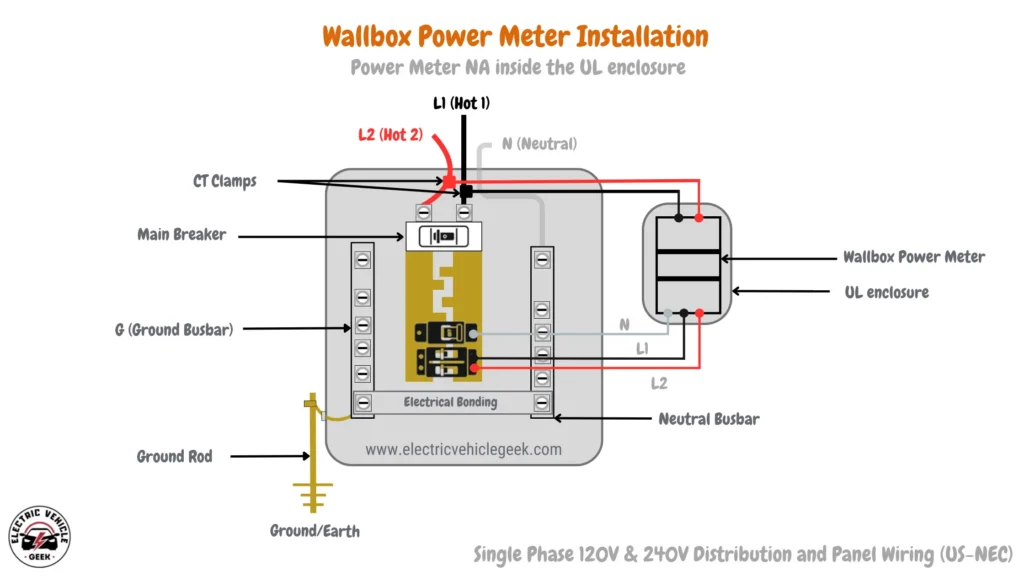
Wallbox Power Meter Wiring Diagram
When we planned on installing the Wallbox Power Meter, we had two options, to install the power meter inside the electrical panel or install it outside the main electrical panel, due to spacing in our electrical panel which has other solar EV charging accessories and lots of feeder wires and circuit breakers, we decided to install the Wallbox power meter outside the main electrical panel and housed it in a Mollom distribution box with bus bars and din rail, the enclosure measures 6.5 x 7.87 x 3.94 inches enough to comfortable accommodate and install the Wallbox Power Meter and its wiring.
Tools Required
To complete the installation, we used the following professional tools:
- Torx T20 Screwdriver: For driving T20 Torx screws.
- Torx T9 Screwdriver: For driving T9 Torx screws, are used in specific components.
- Cutting Pliers: Essential for cutting wires and cables to the required lengths.
- Wire Strippers: Used for removing insulation from electrical wires to ensure proper connections.
- Philips Screwdriver: A standard tool for driving Phillips head screws.
Having the right tools on hand made the installation process smoother and more efficient, allowing us to properly integrate the Wallbox Power Meter with the existing electrical setup.
After installation of the Wallbox power meter, we connected the power meter to the Wallbox charger using a feeder wire which was easier than integrating the power meter to our electrical panel.
The last step of the installation involves configuring the power meter using the wall box app, we recommend first updating the application, and your charger firmware, and limiting the current depending on your EV charging requirements and your electrical panel support, depending on your configurations you can use the application to configure for power boost or eco-smart boost (Full-Green or Eco Mode), charging automatically starts after 2 minutes of configuring your system.
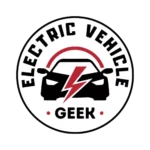
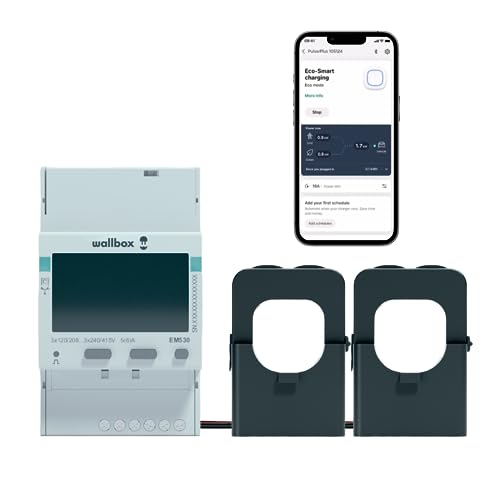
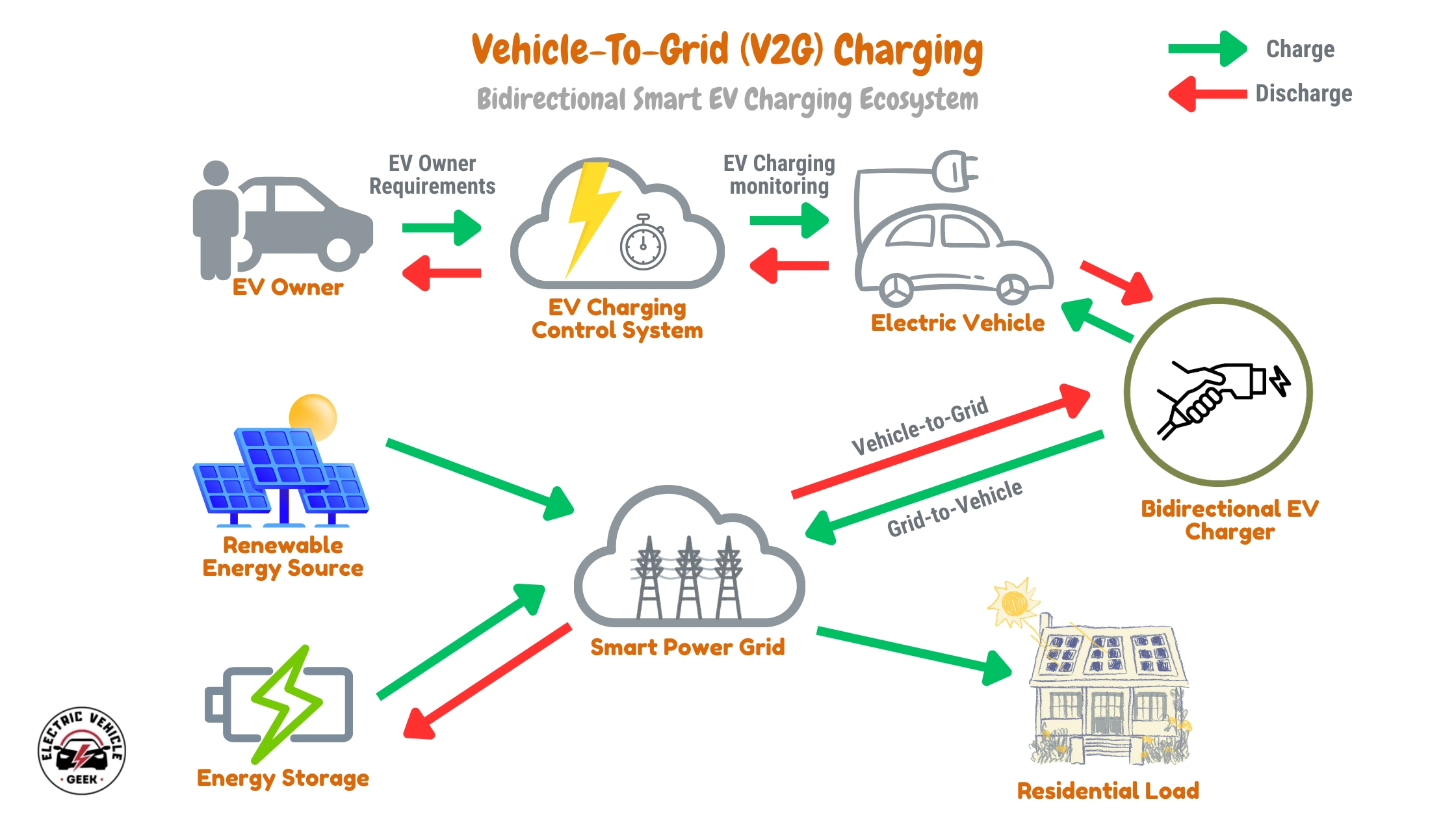
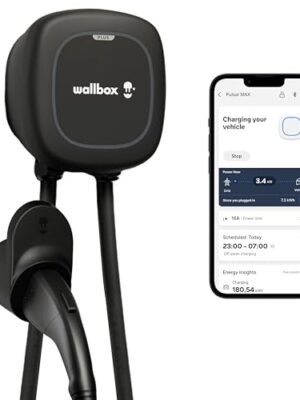
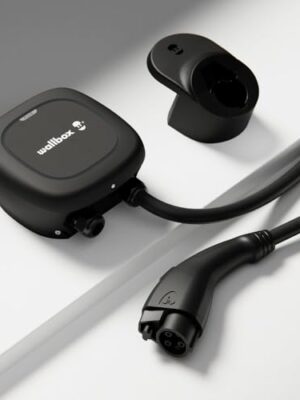


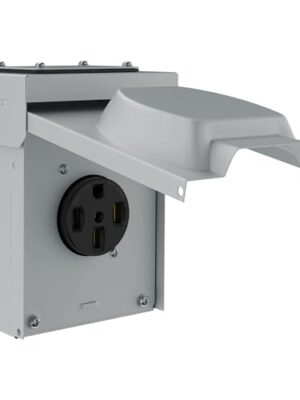
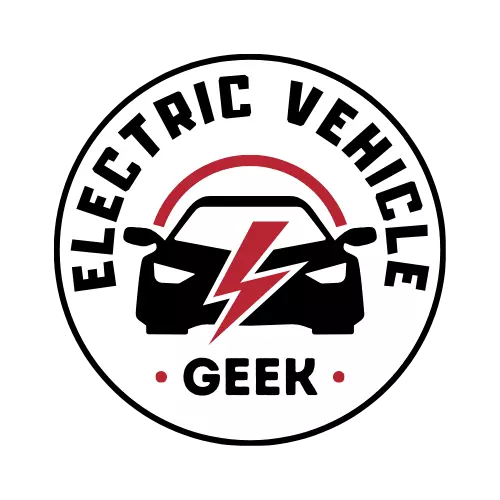
There are no reviews yet.